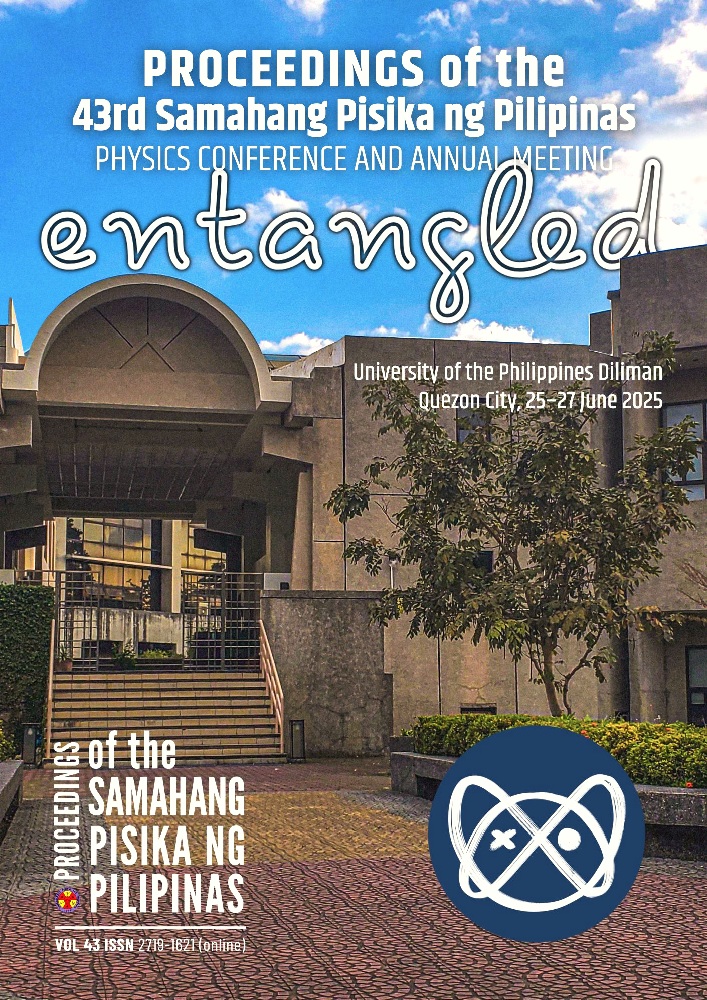Experimental realization of quantum spin Hall states in bismuthene on gold-decorated silicon
Abstract
Two-dimensional bismuthene represents a promising platform for quantum device applications owing to its theoretically predicted substantial energy gap as a topological insulator. A critical challenge has been preserving its topological characteristics when interfaced with supporting substrates. We report the successful synthesis of thermodynamically stable bismuthene films on Si(111)-ɑ√3×√3-Au substrates, enabling direct experimental access to quantum spin Hall phenomena. Through scanning tunneling microscopy and spatially-resolved density-of-states analysis, we characterized the electronic structure of in-situ grown bismuthene. Our measurements reveal a gently corrugated insulating bulk region with a substantial 0.75 eV energy gap, while the perimeter exhibits metallic behavior with gap closure at island edges. Crucially, differential conductance spectroscopy on isolated bismuthene islands unveiled spatially confined edge states and pinpointed the Dirac point at –0.10 eV within the bulk band gap. These findings provide compelling experimental evidence for two-dimensional topological insulator behavior in substrate-supported bismuthene, establishing a viable pathway toward quantum technology implementations. The demonstrated substrate compatibility and robust topological properties position this material system as a candidate for next-generation quantum electronic devices.
Downloads
Issue
Entangled!
25-28 June 2025, National Institute of Physics, University of the Philippines Diliman
Please visit the SPP2025 activity webpage for more information on this year's Physics Congress.
SPP2025 Conference Organizers
SPP2025 Editorial Board
SPP2025 Partners and Sponsors











